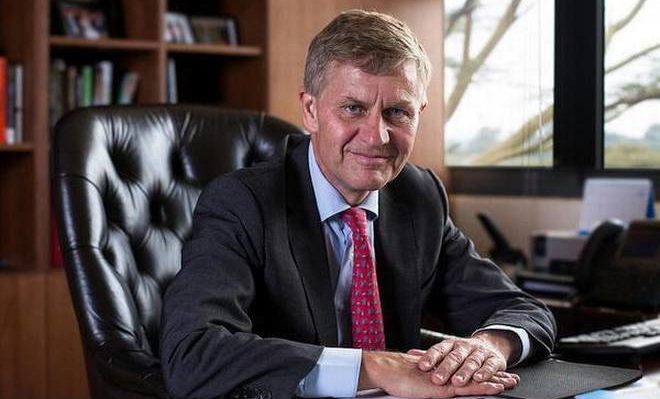 The floods in Kerala were an absolutely shocking example of how we are already seeing the devastating impact of climate change, says Erik Solheim, head of UN Environment. As former Minister of Environment and International Development, Norway, he had put in place the Nature Diversity Act, which many consider as the country’s most important piece of environment legislation in so many decades. An experienced peace negotiator, Mr. Solheim had acted as the main facilitator of the peace process in Sri Lanka from 1998 to 2005, which led to a ceasefire and the Oslo Declaration in 2002. In an e-mail interview, the Executive Director of United Nations Environment Programme pointed out that there is no excuse for inaction on climate change.
The floods in Kerala were an absolutely shocking example of how we are already seeing the devastating impact of climate change, says Erik Solheim, head of UN Environment. As former Minister of Environment and International Development, Norway, he had put in place the Nature Diversity Act, which many consider as the country’s most important piece of environment legislation in so many decades. An experienced peace negotiator, Mr. Solheim had acted as the main facilitator of the peace process in Sri Lanka from 1998 to 2005, which led to a ceasefire and the Oslo Declaration in 2002. In an e-mail interview, the Executive Director of United Nations Environment Programme pointed out that there is no excuse for inaction on climate change.
United Nations Chief Antonio Guterres had cited the devastating floods in Kerala twice this month among other natural disasters across the world to highlight the urgency of climate crisis. Is climate change “moving faster than we are”?
At the moment, yes, I’m afraid it is. The data shows that even if all the commitments under the Paris Agreement are met — including those from the United States before President Trump announced he was pulling out — then we’re still headed for a temperature rise of 2.9 to 3.4 oC this century. That’s too far above the minimum goal of limiting temperature rise to 1.5 oC.
At the same time, we’ve seen a remarkable shift in China and India, both of whom are moving rapidly towards renewables, and of course Europe is continuing to lead in innovation and deployment.
Even in the United States, investors have got the message that renewables are a better bet than coal.
The urgency of this is clear for everyone to see. It’s playing out right in front of us. But the opportunities and the solutions are also there. So really there is no excuse for inaction.
I’m optimistic that we’ll see exponential progress. We’re at a turning point and, broadly speaking, we are moving in the right direction — just not yet fast enough.
The next few years will be critical, because science also tells us we have a tight window of opportunity to halt the course of runaway climate change.
Kerala has lost hundreds of lives and suffered damages worth crores of rupees in the devastating floods. How can India expedite the adaptation and mitigation measures to avert the risks posed by extreme weather events to its communities and their livelihood?
The floods in Kerala were an absolutely shocking example of how we are already seeing the devastating impact of climate change.
In terms of mitigation, we are already on an amazing trajectory, and in New Delhi and many States I’ve seen incredible innovation and action. India is getting off coal and going big on solar. It’s made huge strides on energy efficiency. It has the potential to lead the world on renewable mega-projects, on clean mobility, and on the harnessing of new technologies like blockchain in improving economic efficiency and lowering emissions. In India I’ve also seen exciting infrastructure and building projects, the kind we need for the low carbon urban spaces of the future. India’s pledge to phase out single-use plastic will also cut another source of carbon impact. It’s now a case of doing everything possible to unleash these positive developments and allow them to really disrupt the business as usual mindset. India will be a huge winner.
Adaptation is also crucial to get right. The bottom line here is that India — just like every other country — now needs to seriously think about climate and its impact in urban planning, infrastructure, agriculture and more. It will require tough choices and big changes, but these are also opportunities.
What are the key takeaways for India and the rest of the world from the 2018 New Climate Economy Report ahead of the milestone 2020 meeting of parties to the Paris Agreement?
The key message is that climate change needs to be seen as an opportunity as much as it is a problem. In fact, the latest data shows that we are massively under-estimating the bounty of economic benefits that come from positive climate action, and that climate action will unlock economies, not hold them back.
We also need to move more quickly to putting a price on carbon, and also pricing it at a level that can drive the kind of massive shifts in financing flows that we need. Infrastructure also needs to be a priority. We’re on the cusp of massive global infrastructure development, and we need to integrate climate and sustainability into these projects.
Another key theme is that of innovation — and putting in place the kind of policies that will help unlock it.
That means creating a level playing field for the green economy to have a fair fight, and for the markets to shift and for new ideas and products to flourish. That means empowering the private sector. Finally, we need to put people at the centre of our work. After all, this is about people and planet.
(thehindu)

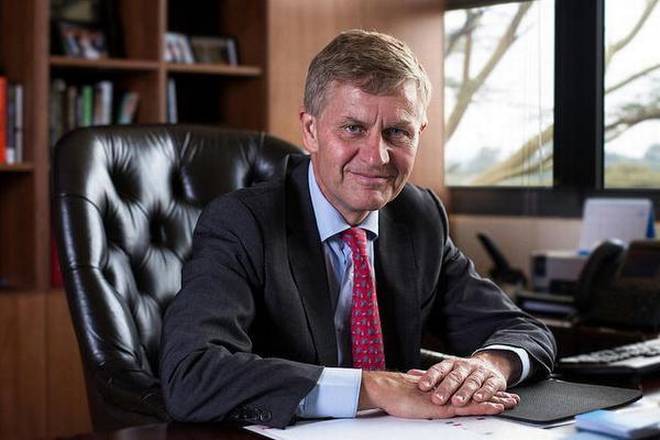
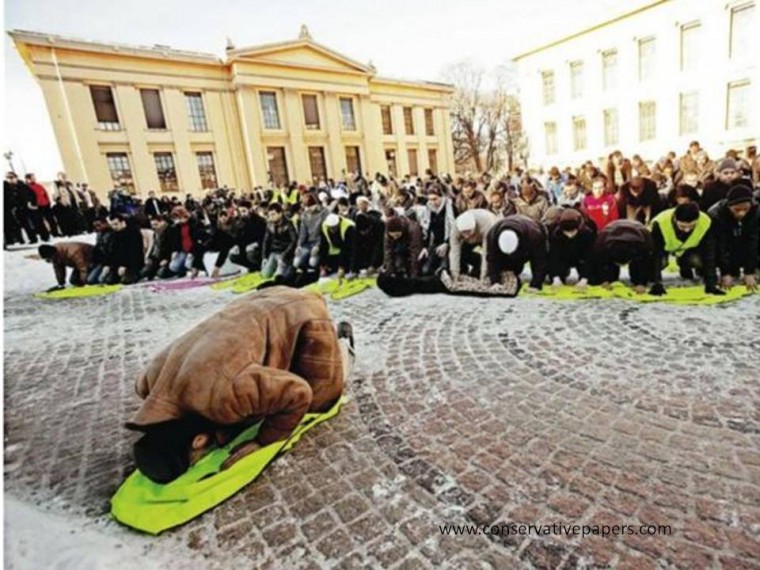
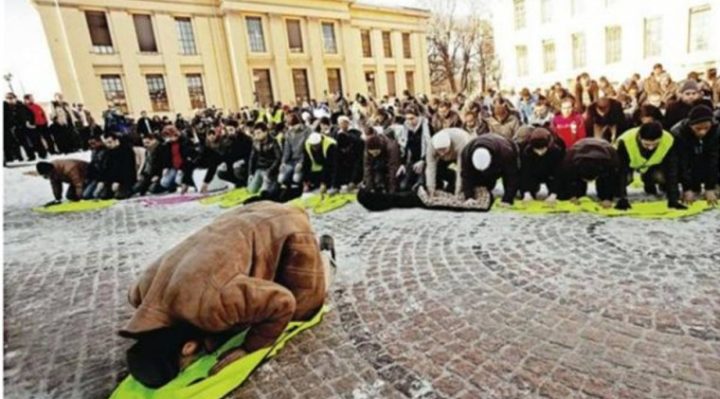 The number of converted Muslims in Norway increased to at least 3,000 in the recent years, a researcher at Oslo University’s Department of Culture Studies and Oriental Languages said.
The number of converted Muslims in Norway increased to at least 3,000 in the recent years, a researcher at Oslo University’s Department of Culture Studies and Oriental Languages said.
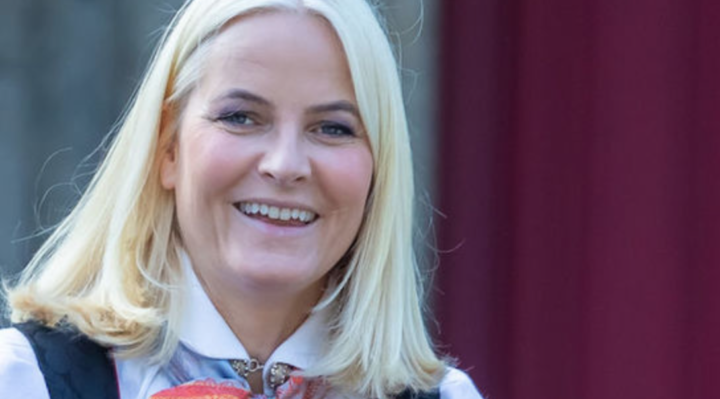 NORWAY’s Crown Princess Metter-Marit has been diagnosed with lung disease pulomonary fibrosis – but has vowed to continue working ‘as much as possible’ with the condition.
NORWAY’s Crown Princess Metter-Marit has been diagnosed with lung disease pulomonary fibrosis – but has vowed to continue working ‘as much as possible’ with the condition.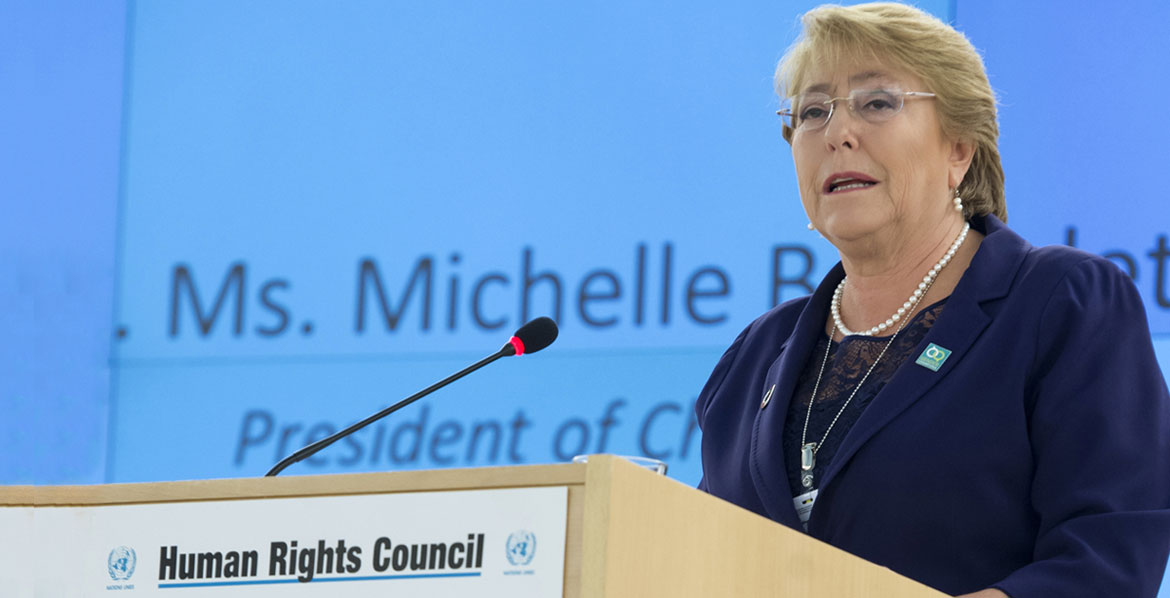
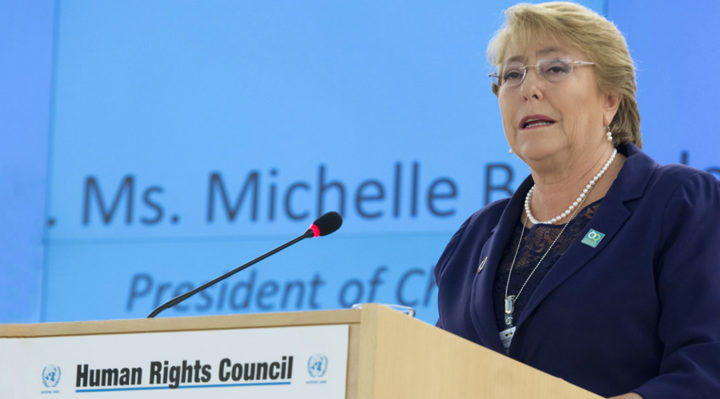

 ‘The UN’s agency for Palestine refugees (United Nations Relief and Works Agency, UNRWA) is in a critical financial situation following the US decision to cut all funding to the organisation. Norway has decided to make an extraordinary contribution of NOK 64 million. This will help to ensure that schools remain open and humanitarian needs continue to be met,’ said Minister of Foreign Affairs Ine Eriksen Søreide.
‘The UN’s agency for Palestine refugees (United Nations Relief and Works Agency, UNRWA) is in a critical financial situation following the US decision to cut all funding to the organisation. Norway has decided to make an extraordinary contribution of NOK 64 million. This will help to ensure that schools remain open and humanitarian needs continue to be met,’ said Minister of Foreign Affairs Ine Eriksen Søreide.
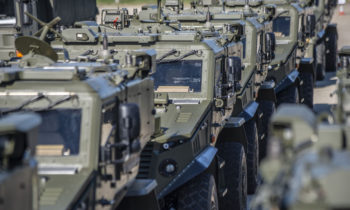
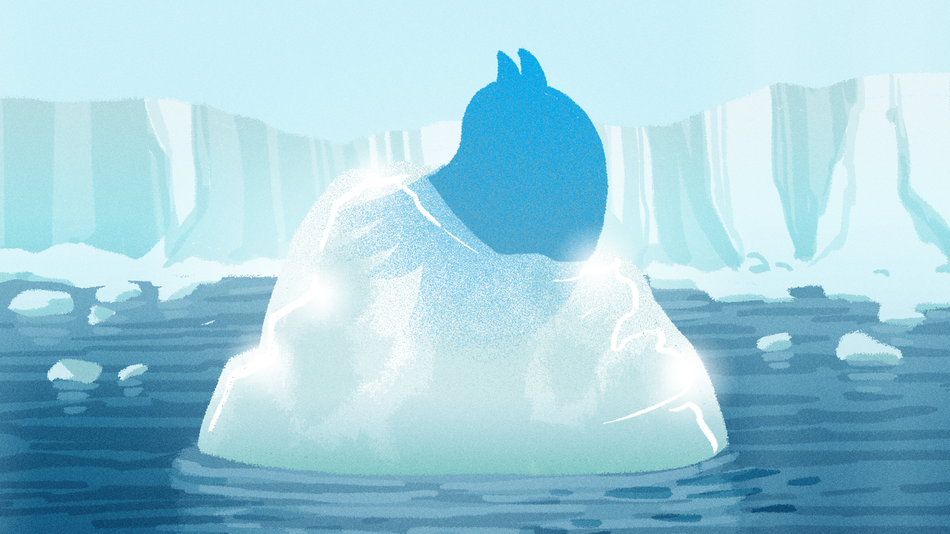
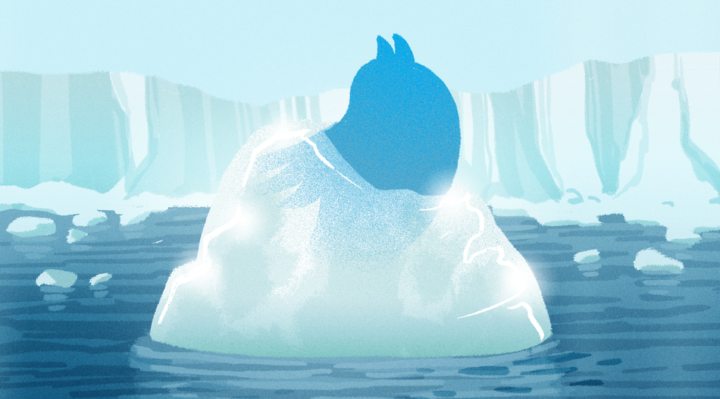
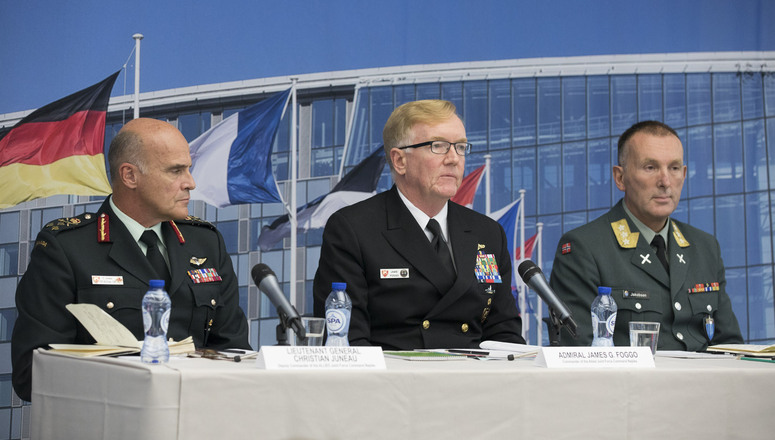


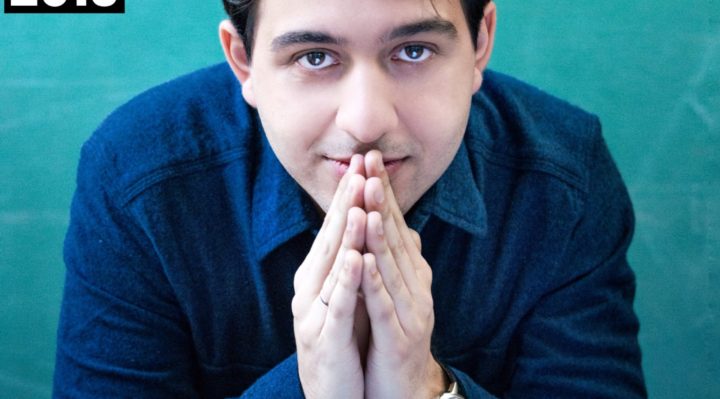 “The Artist of the sound”
“The Artist of the sound”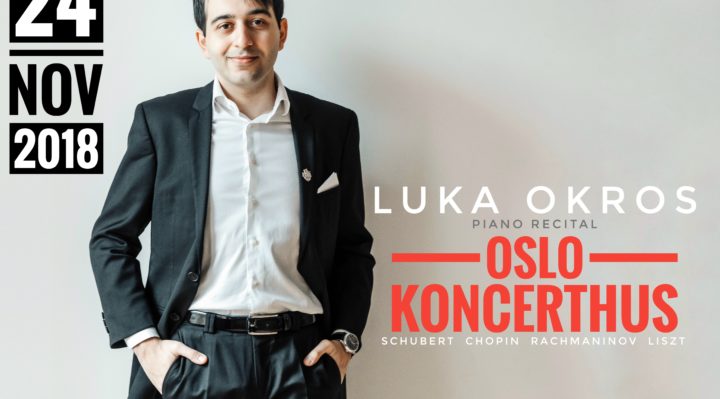



 The Ministry of Finance sends on public consultation the report on energy stocks in the Norwegian Government Pension Fund Global.
The Ministry of Finance sends on public consultation the report on energy stocks in the Norwegian Government Pension Fund Global.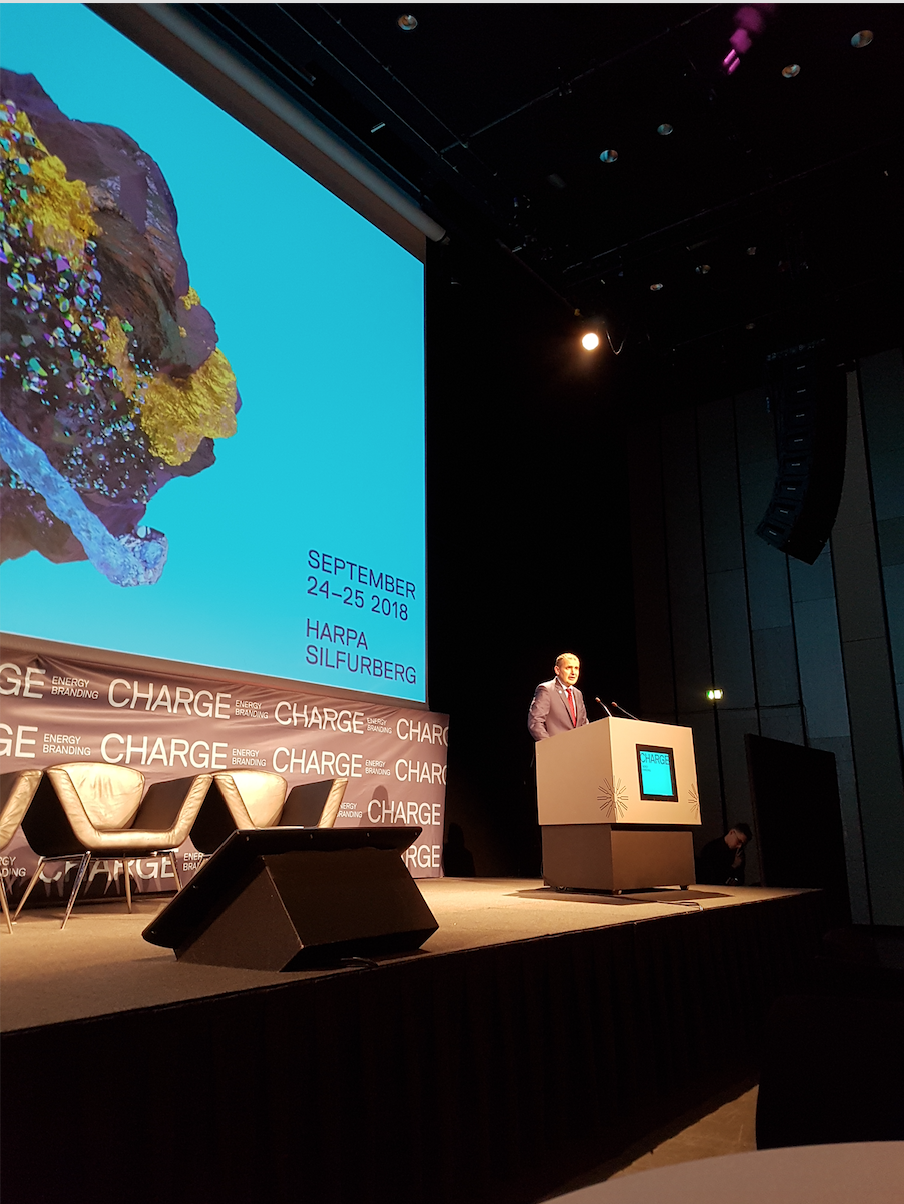
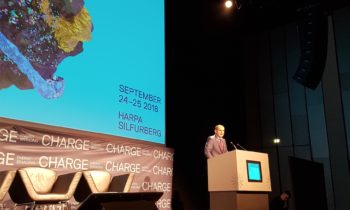 Energy experts gathered today at the annual
Energy experts gathered today at the annual 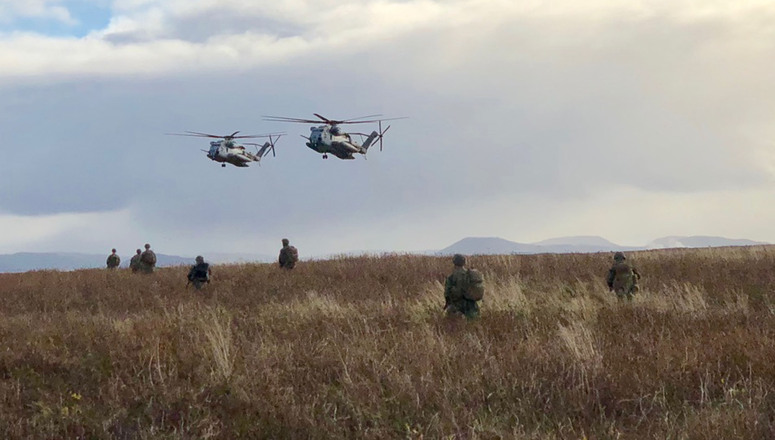
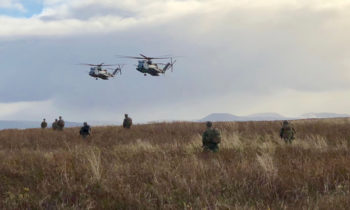
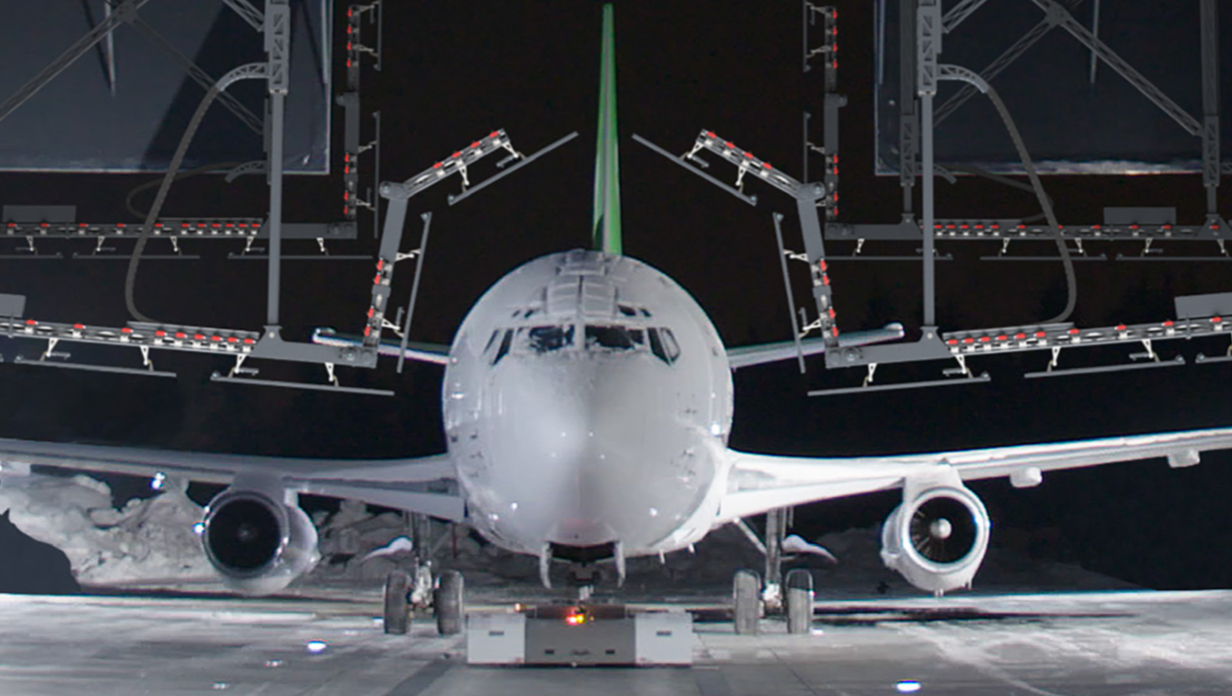





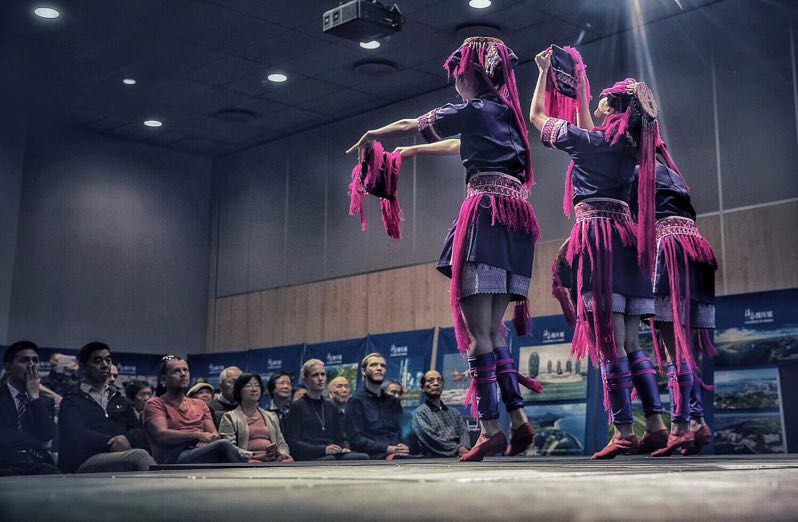

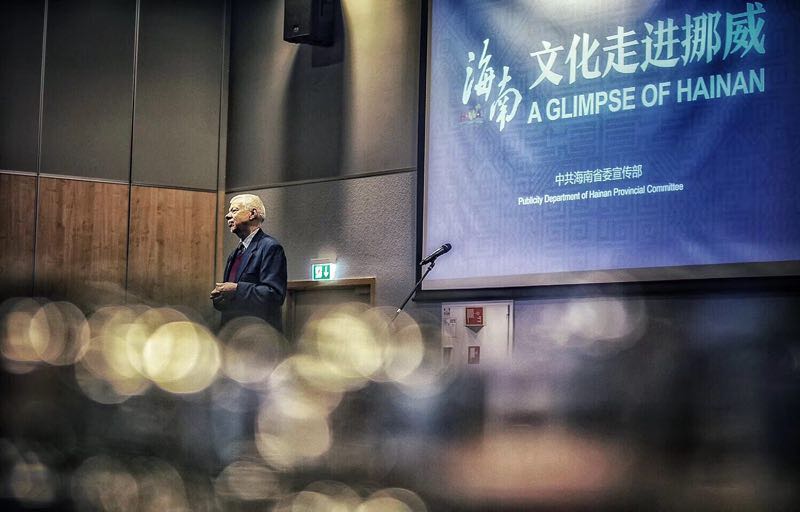
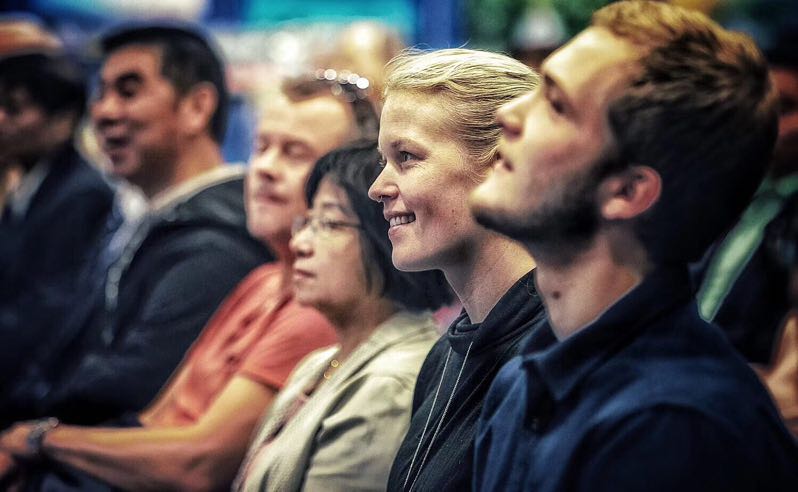
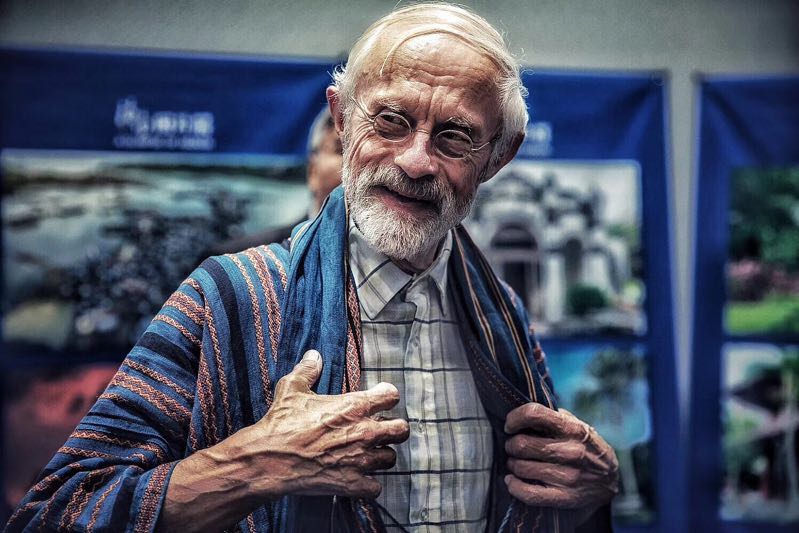
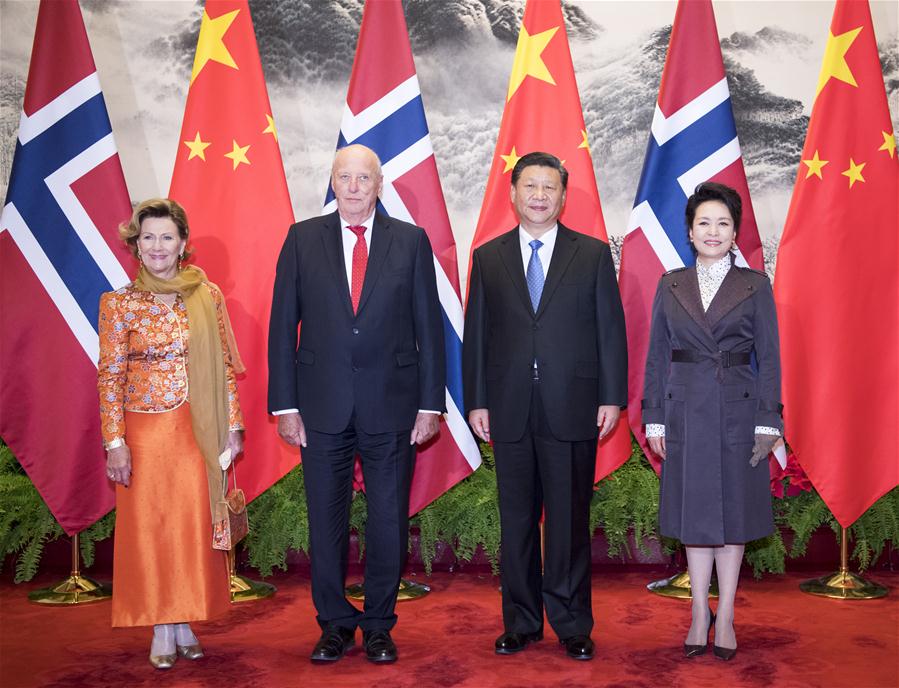

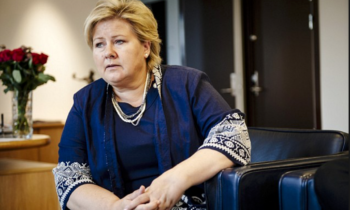 Women in Norway who were vilified after WWII for having had relationships with German soldiers received an official government apology on Wednesday from Prime Minister Erna Solberg.
Women in Norway who were vilified after WWII for having had relationships with German soldiers received an official government apology on Wednesday from Prime Minister Erna Solberg.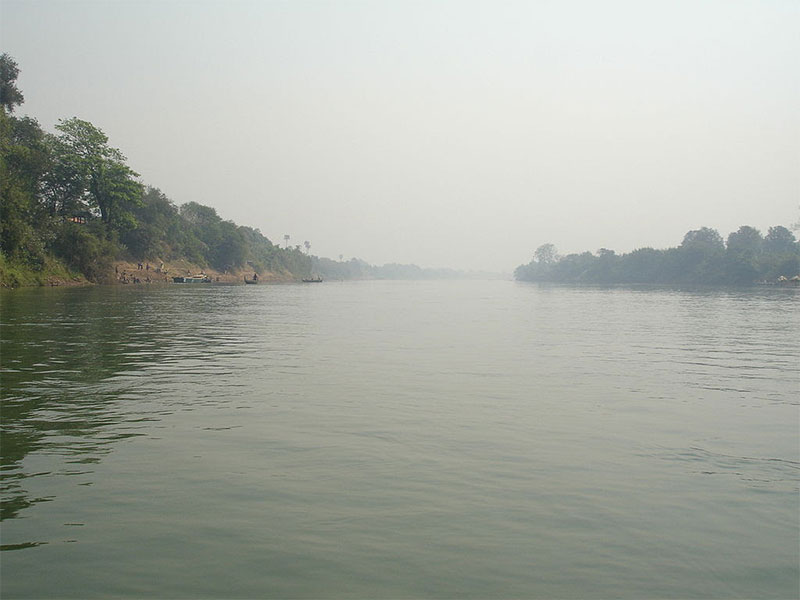
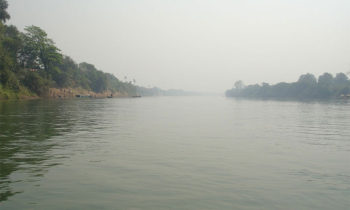 Leaders from the Global Climate Action Summit (GCAS) announced the sponsors who will help ensure that the summit will fulfill its pledge to meet or exceed international sustainability standards for large events.
Leaders from the Global Climate Action Summit (GCAS) announced the sponsors who will help ensure that the summit will fulfill its pledge to meet or exceed international sustainability standards for large events.
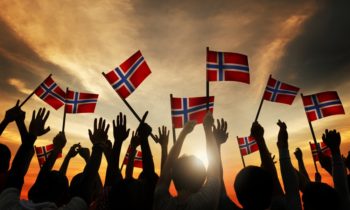 “The government’s focus on transport and communications links the nation ever closer together. We are building roads and railways at a pace never before seen, with particular focus on technology. In pursuing our objectives in this sector we are making life easier for the majority of citizens, supporting the competitiveness of our trade, industry and commerce, and developing and expanding population and commercial regions. The government proposes an investment of 73.1 billion kroner in transport and communications. This is an increase of 5.4 billion kroner or 7.9 percent compared to the balanced budget for 2018. This proposal results in an impressive 75 percent increase in the transport and communications budget since 2013”.
“The government’s focus on transport and communications links the nation ever closer together. We are building roads and railways at a pace never before seen, with particular focus on technology. In pursuing our objectives in this sector we are making life easier for the majority of citizens, supporting the competitiveness of our trade, industry and commerce, and developing and expanding population and commercial regions. The government proposes an investment of 73.1 billion kroner in transport and communications. This is an increase of 5.4 billion kroner or 7.9 percent compared to the balanced budget for 2018. This proposal results in an impressive 75 percent increase in the transport and communications budget since 2013”.
 I occasionally have people send me messages asking how they can move to Norway or how to find jobs when moving to Norway. Most of them are optimists and wish to land a job upon, or before moving. I once did this too when I was preparing for the move. I would find blogs about Norway, contact the writer and ask questions. Though maybe I wasn’t as optimistic as some who have contacted me, I did have my concerns about the job market. More specifically, my chances of finding a job being a recently transplanted American having weak Norwegian speaking skills.
I occasionally have people send me messages asking how they can move to Norway or how to find jobs when moving to Norway. Most of them are optimists and wish to land a job upon, or before moving. I once did this too when I was preparing for the move. I would find blogs about Norway, contact the writer and ask questions. Though maybe I wasn’t as optimistic as some who have contacted me, I did have my concerns about the job market. More specifically, my chances of finding a job being a recently transplanted American having weak Norwegian speaking skills.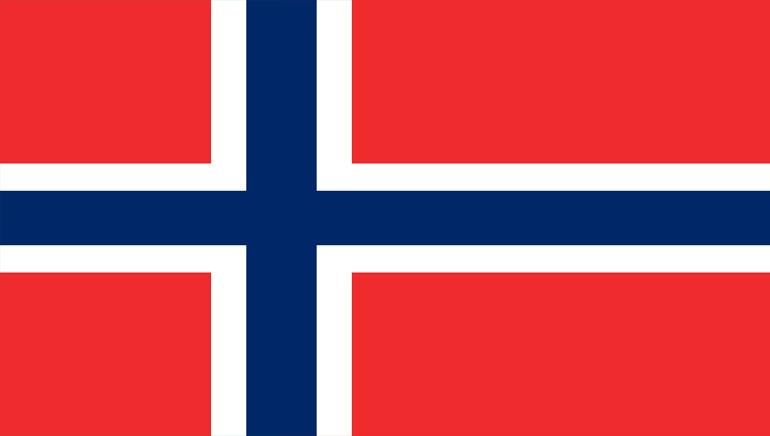
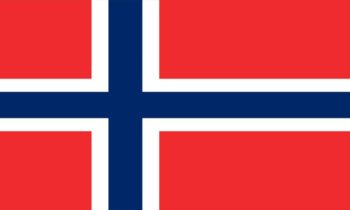 ‘Parts of Europe’s southern and eastern neighbourhood are still severely affected by fragility and conflict . Much of the Sahel region, for example, remains unstable and provides a breeding ground for a variety of threats ranging from extremism to state collapse. The Government has therefore proposed a substantial increase in funding for these areas,’ said Minister of Foreign Affairs Ine Eriksen Søreide.
‘Parts of Europe’s southern and eastern neighbourhood are still severely affected by fragility and conflict . Much of the Sahel region, for example, remains unstable and provides a breeding ground for a variety of threats ranging from extremism to state collapse. The Government has therefore proposed a substantial increase in funding for these areas,’ said Minister of Foreign Affairs Ine Eriksen Søreide.
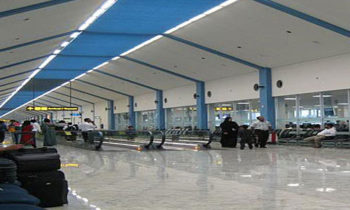 Sri Lanka Customs officials at the Bandaranaike International Airport in Katunayake on Tuesday have arrested a Norwegian national who was attempting to smuggle in gold jewellery worth over NOK 0.6 million.
Sri Lanka Customs officials at the Bandaranaike International Airport in Katunayake on Tuesday have arrested a Norwegian national who was attempting to smuggle in gold jewellery worth over NOK 0.6 million.

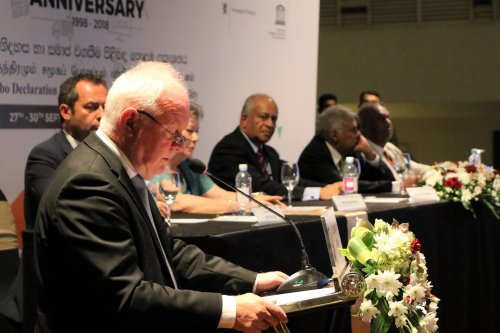

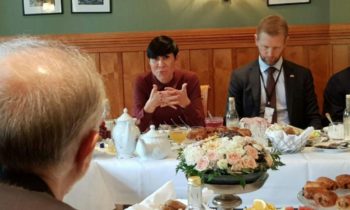 The Ministry of Foreign Affairs has restructured its budget. The Ministry’s budget proposal for 2019 is shorter and more concise than previously, and many allocations have been consolidated thematically.
The Ministry of Foreign Affairs has restructured its budget. The Ministry’s budget proposal for 2019 is shorter and more concise than previously, and many allocations have been consolidated thematically.